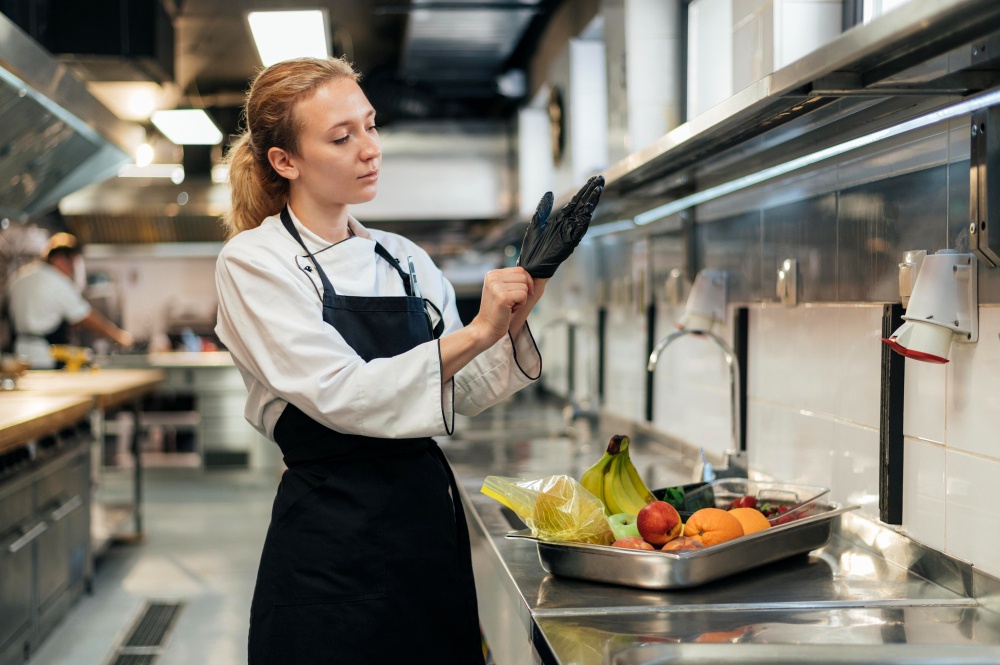Running a successful restaurant involves careful consideration of various components, and one critical aspect is the kitchen ventilation system. The restaurant hood system plays a pivotal role in maintaining a safe and efficient kitchen environment. As a restaurant owner or manager, selecting the right hood system is a decision that warrants thorough research and understanding. In this comprehensive buyer's guide, we'll delve into the key factors to consider when choosing a restaurant hood system for your establishment.
Understanding Your Kitchen's Needs
Before delving into the technical specifications of restaurant hood systems, it's crucial to understand the unique needs of your kitchen. Consider the following:
-
Kitchen Size and Layout:
- Assess the size and layout of your kitchen. Different hood systems are designed for various kitchen configurations, so understanding your space is the first step in making an informed decision.
-
Cooking Equipment:
- Take inventory of your cooking equipment. The type and quantity of appliances will determine the airflow requirements and the size of the hood needed.
-
Menu and Cooking Style:
- Consider your menu and cooking style. High-volume cooking, open-flame grilling, or specialized cuisines may require specific hood configurations to address heat and grease production effectively.
Types of Restaurant Hood Systems
There are several types of restaurant hood systems, each designed for specific applications. Understanding the types will help you choose the one that aligns with your kitchen's needs:
-
Type I Hoods:
- Designed for capturing heat and grease from cooking appliances, Type I hoods are ideal for kitchens with cooking equipment that produces grease-laden vapors.
-
Type II Hoods:
- Type II hoods are used for capturing heat and steam from non-grease-producing appliances like ovens and dishwashers. They are suitable for kitchens with minimal grease emissions.
-
Wall-Mounted vs. Island Hoods:
- Consider the layout of your kitchen. Wall-mounted hoods are attached to the wall and are suitable for kitchens with cooking equipment against the wall. Island hoods, suspended from the ceiling, are designed for kitchens with cooking equipment located in the center.
Airflow and Capture Efficiency
The effectiveness of a restaurant hood system relies on its ability to capture and remove contaminants. Two essential factors to consider are:
-
CFM (Cubic Feet per Minute):
- CFM measures the volume of air the hood system can move per minute. Calculate the CFM requirements based on the size of your kitchen and the heat and grease produced by your cooking equipment.
-
Capture and Containment Efficiency:
- Look for hood systems with high capture and containment efficiency. This ensures that pollutants are effectively captured before they can spread throughout the kitchen.
Fire Suppression and Safety Features
Safety is paramount in any kitchen, and restaurant hood systems play a critical role in fire prevention. Consider:
-
Fire Suppression Systems:
- Some hood systems come equipped with fire suppression systems. These systems automatically release fire-suppressing agents in the event of a fire, providing an additional layer of protection.
-
Compliance with Safety Standards:
- Ensure that the selected hood system complies with local safety and building codes. Non-compliance can result in fines and jeopardize the safety of your kitchen.
Maintenance and Cleaning Considerations
Regular maintenance is essential for the longevity and efficiency of your restaurant hood system. Consider:
-
Ease of Cleaning:
- Opt for hood systems with easy-to-clean components. Removable grease filters and accessible ductwork simplify the cleaning process.
-
Maintenance Requirements:
- Understand the maintenance requirements of the hood system. Regular inspections and professional maintenance are crucial for preventing issues and ensuring optimal performance.
Conclusion
Choosing the right restaurant hood system is a crucial decision that directly impacts the safety and efficiency of your kitchen. By understanding your kitchen's unique needs, considering the types of hood systems available, evaluating airflow and safety features, and prioritizing maintenance considerations, you can make an informed decision. Invest the time and effort in selecting the right restaurant hood system, and you'll create a safer, more comfortable, and more efficient kitchen environment for your staff and patrons alike.


No comments yet